VFT going dormant now?
adymitruk
16 years ago
Related Stories

GARDENING AND LANDSCAPINGBackyard Dreaming: 13 Ideas to Spark Your Imagination
Transform your yard or patio this spring by turning your thoughts to outdoor flights of fancy now
Full Story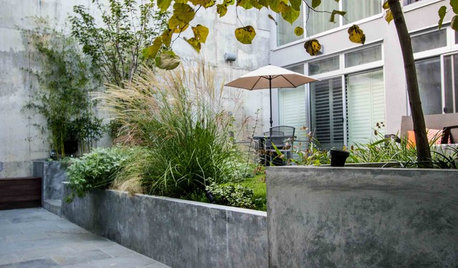
URBAN GARDENSFrom Concrete ‘Jail Yard’ to Lush Escape in Brooklyn
Once stark and uninviting, this urban backyard is now a welcoming retreat for relaxing and entertaining
Full Story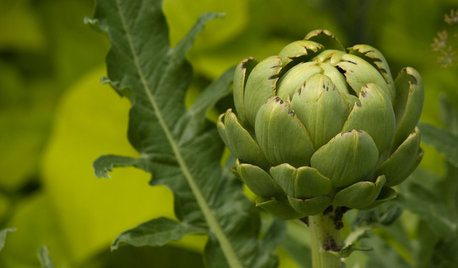
GARDENING GUIDESYour Garden Is Stirring — Here’s What to Do in February
February is a good time to start seeds, shape up shrubs and watch for the earliest blooms. Here’s what to do in your part of the U.S. now
Full Story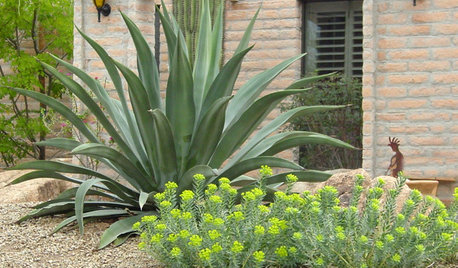
GARDENING GUIDESSouthwest Gardener's September Checklist
Cool weather's coming, so prep for the first frost, swap out plants and get bulbs for spring in the ground now
Full Story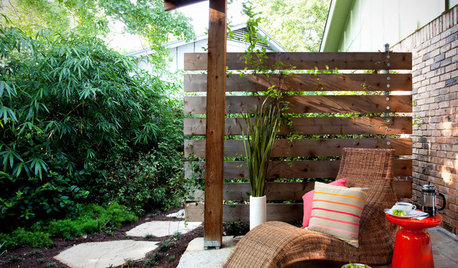
LANDSCAPE DESIGNThe Best Winter Garden Project? Plan for Next Year
Consider these 9 ideas now for a highly personal, truly enjoyable garden come spring
Full Story
GARDENING FOR BUTTERFLIES3 Ways Native Plants Make Gardening So Much Better
You probably know about the lower maintenance. But native plants' other benefits go far beyond a little less watering and weeding
Full Story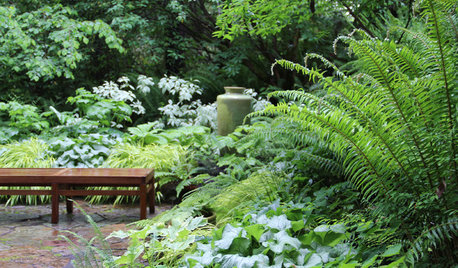
GARDENING GUIDESGreat Design Plant: Western Sword Fern Adds Prehistoric Drama
For distinctive looks and easy care in a shade garden, go for North American native Polystichum munitum
Full Story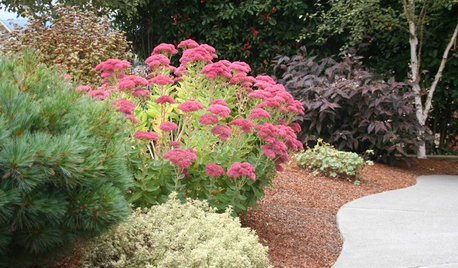
GARDENING GUIDESPacific Northwest Gardener's August Checklist
Deadheading perennials, cutting raspberry canes and preparing for the onion harvest keeps Northwest gardeners busy in August
Full Story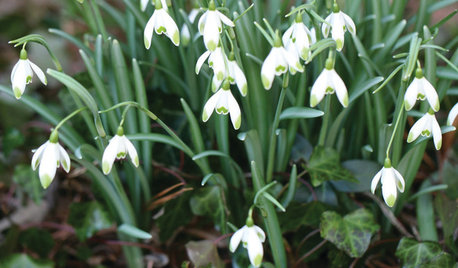
WINTER GARDENINGGreat Design Plant: Snowdrops Offer a Spring Peek
Braving snow and ice, these little white charmers are a sure shot of sunshine in the winter garden
Full Story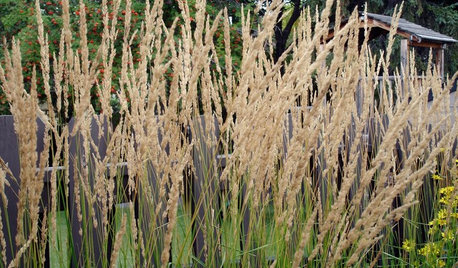
GARDENING AND LANDSCAPING5 Hot Cool-Season Grasses
Chill out this spring with resilient grasses that will kick-start your garden and may just last all year
Full Story0






petiolaris
adymitrukOriginal Author
Related Professionals
West Milford Landscape Architects & Landscape Designers · Arlington Landscape Architects & Landscape Designers · Leawood Landscape Architects & Landscape Designers · Signal Hill Landscape Architects & Landscape Designers · Bethlehem Landscape Contractors · Burien Landscape Contractors · Garland Landscape Contractors · Lake Zurich Landscape Contractors · Pikesville Landscape Contractors · Post Falls Landscape Contractors · San Bruno Landscape Contractors · Greenfield Landscape Contractors · Norco Stone, Pavers & Concrete · Cypress Swimming Pool Builders · Forney Swimming Pool Builderspetiolaris
adymitrukOriginal Author
mutant_hybrid
organic_trickster
adymitrukOriginal Author
mutant_hybrid
don555